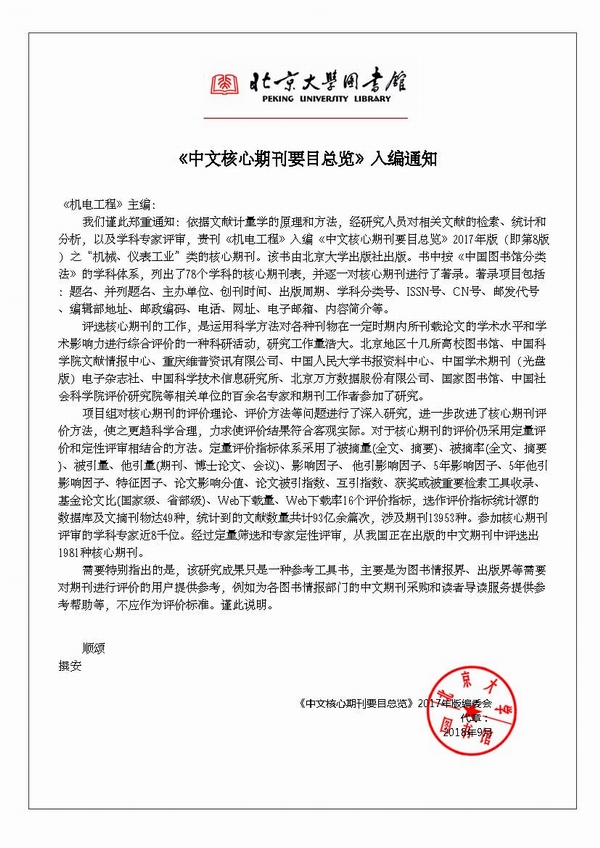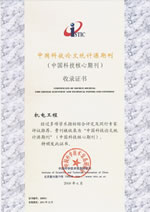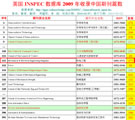Numerical study on the vapor bubble collapsing based on VOF method
Numerical study on the vapor bubble collapsing based
on VOF method
LIU Lan,ZHANG Ling-xin
(State Key Laboratory of Fluid Power Transmission and Control,Department of Mechanics,
Zhejiang University,Hangzhou 310027,China)
Abstract:Aiming at investigating the problem of vapor bubble collapse under the effect of outer pressure,the dynamic process of a
single 3D pure vapor bubble collapsing and rebounding driven by outer pressure was numerically simulated basing on OpenFOAM
platform,considering the effects of surface tension,viscosity and compressibility of both vapor and liquid phases. A computational method
was proposed,using the volume of fluid(VOF)method to track the dynamic phase interface and the vapor-fluid phase change model to
emulate the phenomena of evaporation and condensation and considering the effects of surface tension,viscosity and compressibility of
both liquid and vapor phases. A series of significant features of vapor bubble collapsing was obtained by comparing the simulation results
with those of gas bubble. The results indicate that this computational method is quite effective in vapor bubble collapse simulation and
can successfully capture the high temperature and high pressure phenomena. And the radius evolution process of vapor bubble during the
first-stage collapse is in good agreement with analytical solution,which is quite the same with the gas bubble case,but the minimum
radius a vapor bubble can reach is much smaller than a gas bubble and the central pressure of it can be much higher. Besides,The
radius of vapor bubble is found to reach only about 25% of the initial radius during its first rebound,while the gas bubble's reaches
almost the initial radius.
Key words:vapor bubble;phase transformation model;direct numerical simulation;volume of fluid(VOF)method









